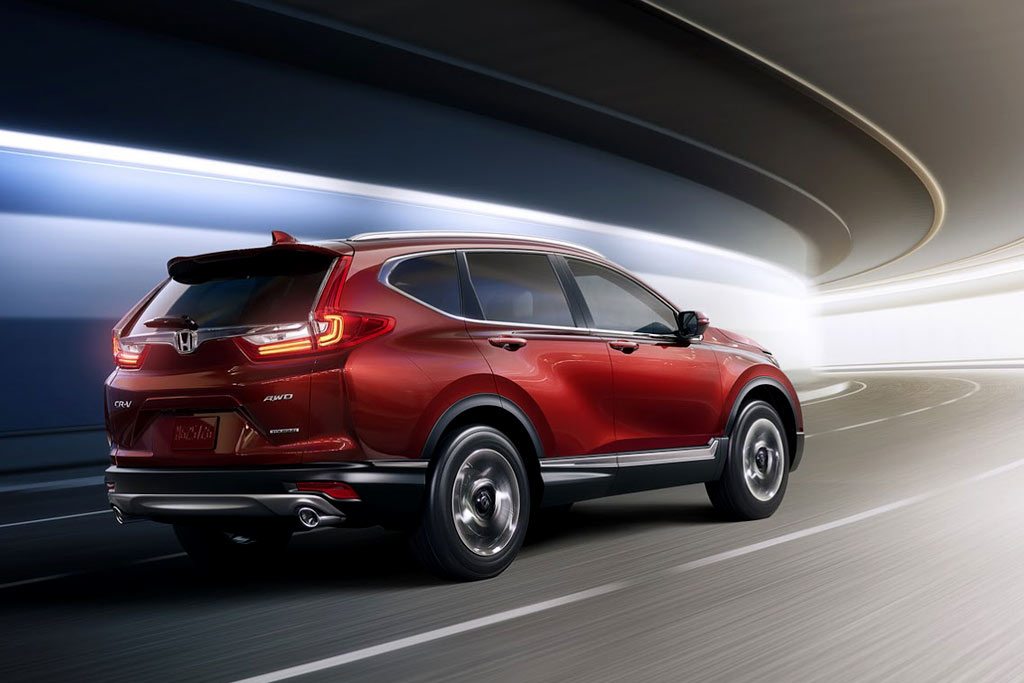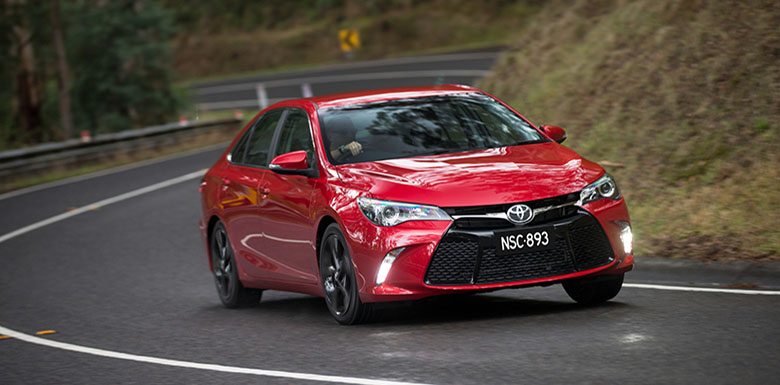2017 Honda HRV – Copy of Vezel
2017 Honda HRV
The car will be sold in the Old World and the US under the name 2017 Honda HRV. The new boss in town can be rightly considered as the reincarnation of same-name model sold between 1999 and 2006.
Exterior &Engine
The exterior design of the new 2017 Honda HRV almost entirely resembles the design of the Japanese Vezel, which, in turn, was derived from the Urban SUV prototype, first unveiled in early 2013 at Detroit auto show. The distinguishing features of the second-generation Honda HR-V is its complex radiator grille, bulging sides, sloped roofline and concealed rear door handles. The exterior length of the SUV is 4,295 mm. The width and height are yet unknown.
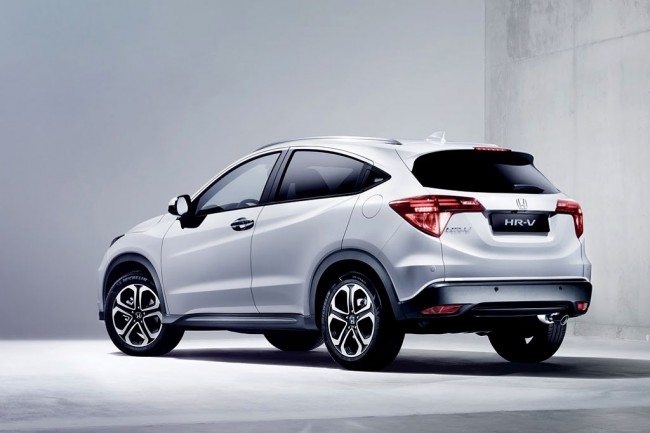
At the heart of the model is the chassis, which was taken from last-generation subcompact car Honda Fit (sold as Jazz 3 in the European market), but the wheelbase length of the crossover has been increased from the original 2530 to 2610 mm.
In addition, such a platform requires a fuel tank located under the seats, freeing up more space in the interior and trunk (its capacity is 453 liters but increases to 1026 liters when the back rest couch is folded). There are also wide opportunities for transformation provided by proprietary system Magic Seats. This makes the new 2017 Honda HRV superior to its major competitors.
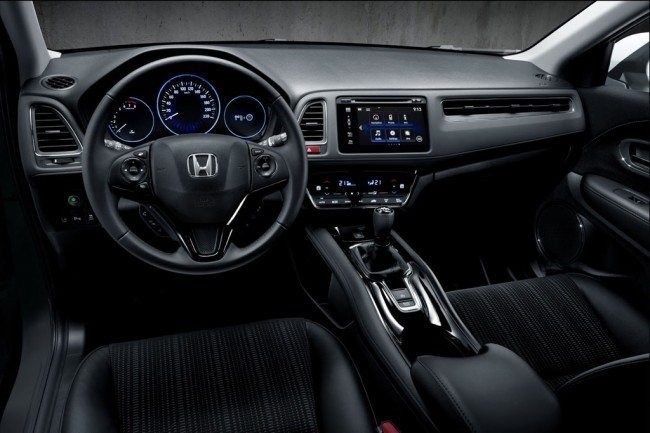
2017 Honda HRV Interior
The interior of the new compact crossover is made with quality materials. Interior ergonomics and the level of comfort and safety systems are all at a high level. The noise and soundproofing system of the interior of the upgraded Honda HR-V are of a type usually found only in high-grade sedans. Specially designed sound-absorbing materials provide low noise level – at a constant speed of 100 km/h, occupants can enjoy a whisper-quiet 65 dB of cabin noise.
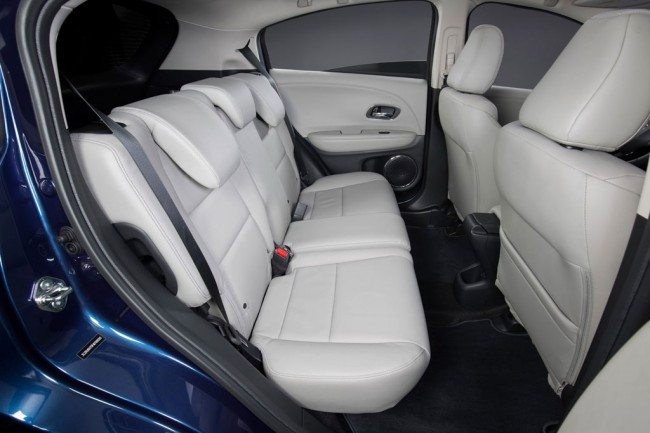
Specifications
There is a choice of highly efficient engines, both part of Honda’s Earth Dreams Technology series.
The 1.5 litre i-VTEC petrol engine (130 hp) is matched with a six-speed manual or CVT transmissions, powering from 0-to-100 km/h (62 mph) in 10.7 seconds (manual) and 11.2 seconds (CVT), with an impressive average fuel economy of 5.2 l/100 km.
The diesel engine – 1.6 litre i-DTEC (120 hp) – paired with a six-speed manual transmission, powers to 100 km/h (62 mph) in just 10.0 seconds, with diesel economy of 4.0 l/100 km (combined cycle).
It is noteworthy that both versions in Europe will come exclusively in front-wheel drive, although the car can also be designed as all-wheel drive. In Japan, the crossover has a hybrid version, which includes the above-mentioned petrol engine, a 30-hp electric motor and 7-speed gearbox.
